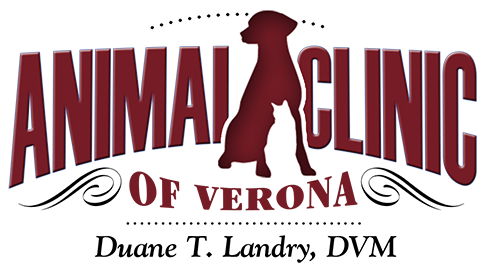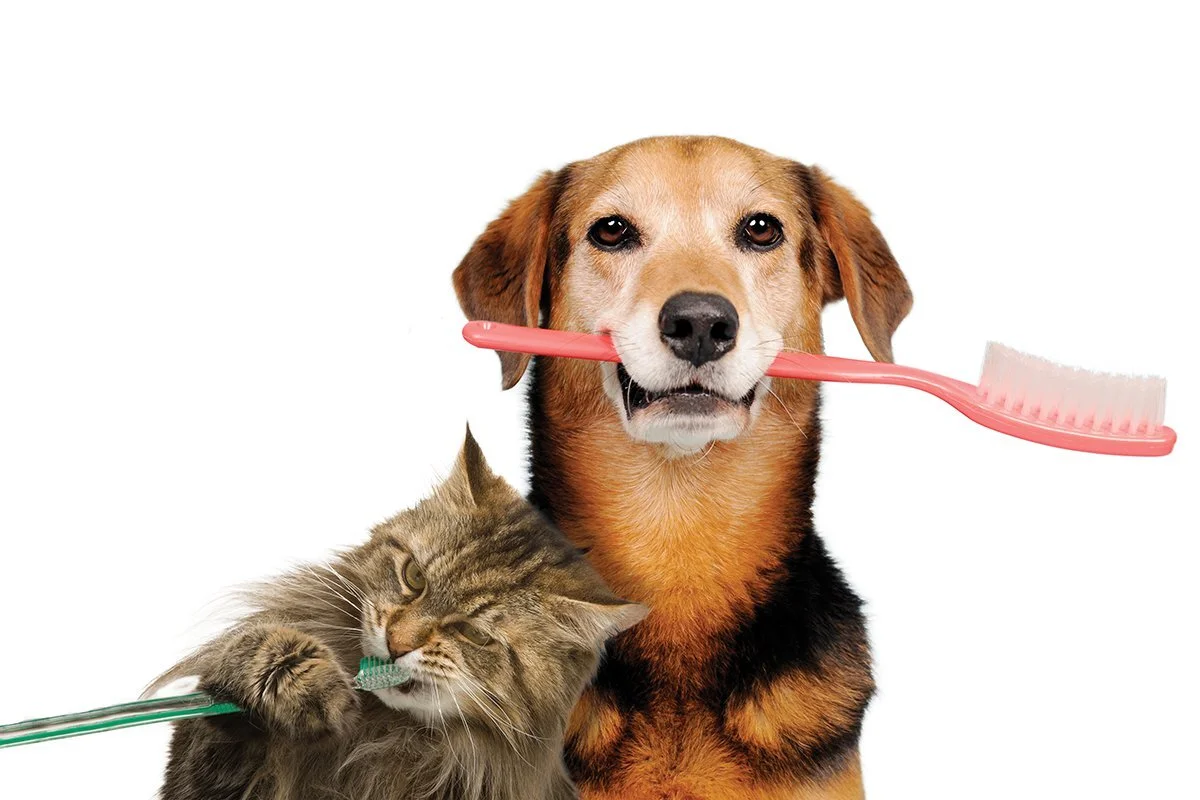Pets and Dental Hygiene
There’s one thing we can all agree on: you need to see a dentist! So does your pet! Taking care of your pets teeth is as important as taking care of our own. Read below on recommendations to help with gum disease, bad breath, and how to keep your furry companion happy with cavity free smile.
Pet’s teeth should be checked by their veterinarian at least once a year. Detecting problems early will be better for your pet and for your pocketbook. If you notice any of the following signs it is time to make an appointment with your veterinarian.
Signs your pet needs their teeth looked at:
bad breath
broken or loose teeth
extra teeth or retained baby teeth
teeth that are discolored or covered in tartar
abnormal chewing, drooling, or dropping food from the mouth
reduced appetite or refusal to eat
pain in or around the mouth
bleeding from the mouth
swelling in the areas surrounding the mouth
Since problems in your pets mouth can cause a lot of pain, please be cautious when examining.
Did you know: Dogs and cats often fall victim to the same types of dental problems as their owners? These include:
broken teeth and roots
periodontal disease
abscesses or infected teeth
cysts or tumors in the mouth
malocclusion, or misalignment of the teeth and bite
broken (fractured) jaw
palate defects (such as cleft palate)
Periodontal disease is the most common dental condition in dogs and cats. It starts with plaque that hardens into tartar. Tartar above the gumline can often be seen by the naked eye and removed by your veterinarian. However, plaque and tartar below the gumline is damaging and sets the stage for infection and damage to the jawbone and the tissues that connect the tooth to the jaw bone. Periodontal disease is graded on a scale of 0 (normal) to 4 (severe). SHOCKING FACT: By the time your pet is 3 years old, he or she will very likely have some early evidence of periodontal disease, which can worsen as your pet grows older.
What can I do at home to keep my pet's mouth healthy?
Regular brushing of your pet’s teeth is the single most effective thing you can do to keep their teeth healthy between dental cleanings. Daily brushing is best, but it’s not always possible. Most dogs accept brushing, but cats can be a bit more resistant – patience and training are important. Be wary when trying to brush your cat's teeth. Any cat owners reading this know what I mean and are probably laughing extremely hard at the suggestion. So it’s always best to check with your vet about what you should do for your pets teeth at home. There are many pet products for sale with claims that they improve dental health. Talk with your veterinarian about any dental products, treats, or dental-specific diets you’re considering for your pet, or ask your veterinarian for their recommendations. Here’s to a happy pet!


